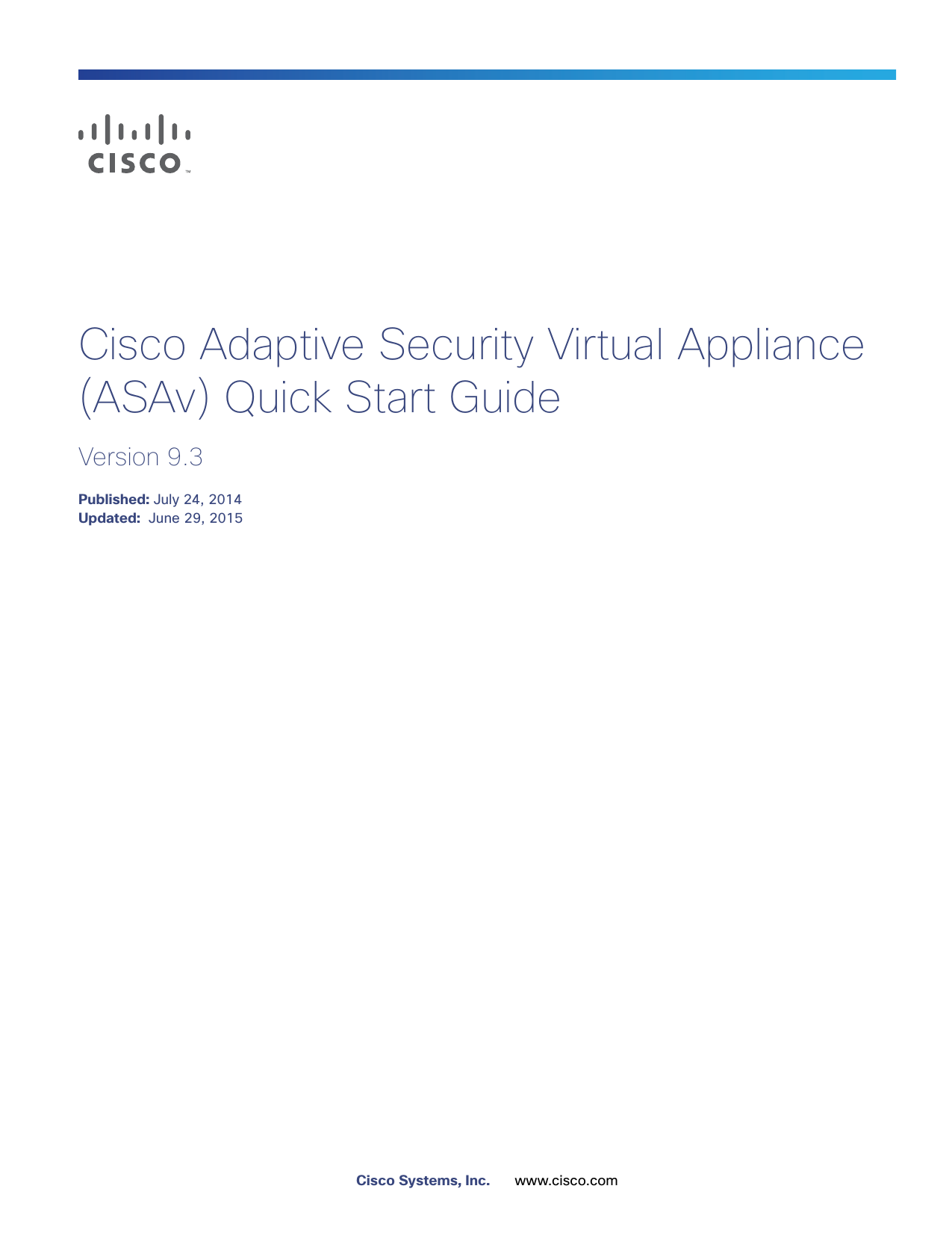

- Cisco asav standard license how much memory how to#
- Cisco asav standard license how much memory install#
- Cisco asav standard license how much memory download#
- Cisco asav standard license how much memory windows#
For additional information about the Deploy OVF Template, see the VMware vSphere Web Client online help. Most of the wizard steps are standard for VMware. The wizard parses the ASAv OVA file, creates the virtual machine on which you will run the ASAv, and installs the package. You use the Deploy OVF Template wizard in the vSphere Web Client to deploy the Cisco package for the ASAv. To deploy the ASAv, use the VMware vSphere Web Client (or the vSphere Client) and a template file in the open virtualization format (OVF) note that for the ASAv, the OVF package is provided as a single open virtual appliance (OVA) file. Deploy the ASAv Using the VMware vSphere Web Client
Cisco asav standard license how much memory windows#
Enter your username and password, and click Login, or check the Use Windows session authentication check box (Windows only). After the plug-in installs, reconnect to the vSphere Web Client.ģ.
Cisco asav standard license how much memory install#
Close your browser and then install the plug-in using the installer.Ĭ.
Cisco asav standard license how much memory download#
In the login screen, download the plug-in by clicking Download the Client Integration Plug-in.ī. (One time only) Install the Client Integration Plug-in so that you can access the ASAv console.Ī. Launch the VMware vSphere Web Client from your browser:Ģ. You can also choose to use the standalone vSphere Client, but this guide only describes the Web Client.ġ. See the VMware website for complete client support information. Some Web Client features (including the plug-in) are not supported on the Macintosh.
Cisco asav standard license how much memory how to#
This section also describes how to install the Client Integration Plug-In, which is required for ASAv console access. This section describes how to access the vSphere Web Client. Deploy the ASAv Using the VMware vSphere Web Client Access the vSphere Web Client and Install the Client Integration Plug-In Access the vSphere Web Client and Install the Client Integration Plug-InĢ. This section describes how to deploy the ASAv using the VMware vSphere Web Client.ġ. – Deployment fields might be duplicated fill out the first instance of any given field and ignore the duplicated fields. – The vSphere Web Client is not supported for ASAv OVA deployment use the vSphere client instead. However, if you try to vMotion the ASAv to another host, using any kind of storage (SAN or local) causes an interruption in connectivity. During ASAv deployment, if you have a host cluster, you can either provision storage locally (on a specific host) or on a shared host.Use the ASAv show vm and show cpu commands or the ASDM Home > Device Dashboard > Device Information > Virtual Resources tab or the Monitoring > Properties > System Resources Graphs > CPU pane to view the resource allocation and any resources that are over- or under-provisioned. Do not use the VMware-recommended memory configuration minimum, default, and maximum values.

Note: If you need to change the memory or vCPU hardware settings, use only the values documented in Licensing for the ASAv. Under-provisioning can affect performance, and over-provisioning causes the ASAv to warn you that it will reload after a waiting period (24 hours for 100-125% over-provisioning 1 hour for 125% and up), the ASAv will reload. Do not change the memory setting or any vCPU hardware settings in the Edit Settings dialog box unless you are requesting a license for a different number of vCPUs.

See the vSphere documentation for more information. Table 2 Port Group Security Policy Exceptions You may need to modify these settings for the following ASAv configurations.

Security Policy for a vSphere Standard Switchįor a vSphere switch, you can edit Layer 2 security policies and apply security policy exceptions for port groups used by the ASAv interfaces. Used for dynamic resource scheduling and distributed power management. Table 1 VMware Feature Support for the ASAv The following table lists the VMware feature support for the ASAv.


 0 kommentar(er)
0 kommentar(er)
